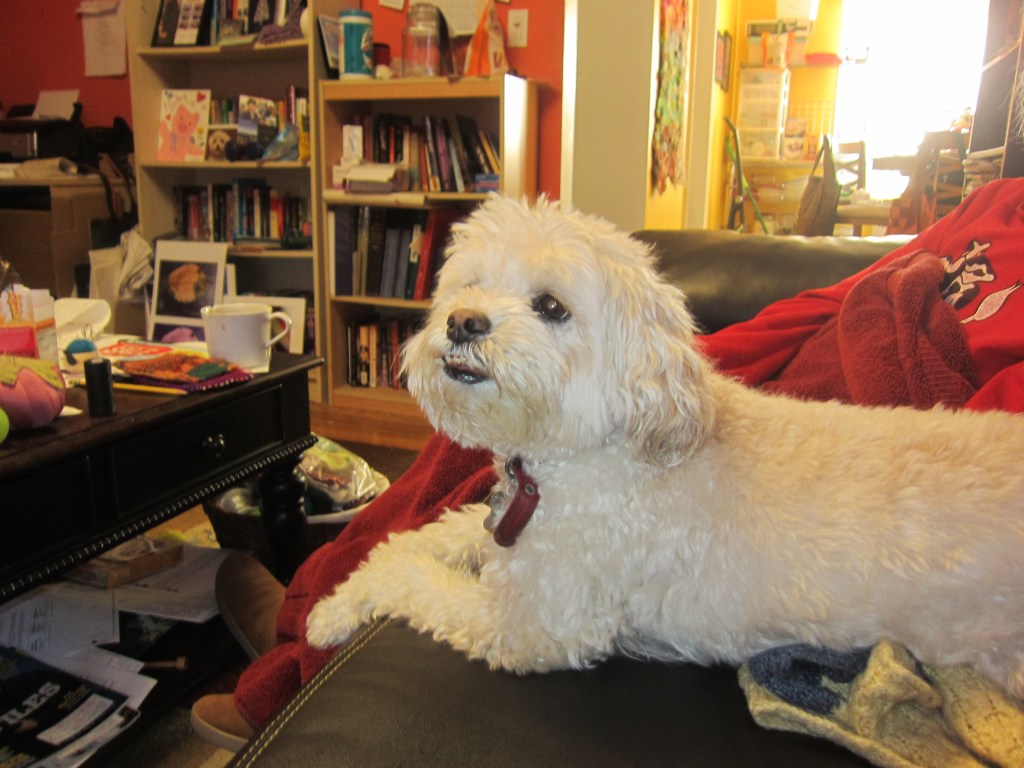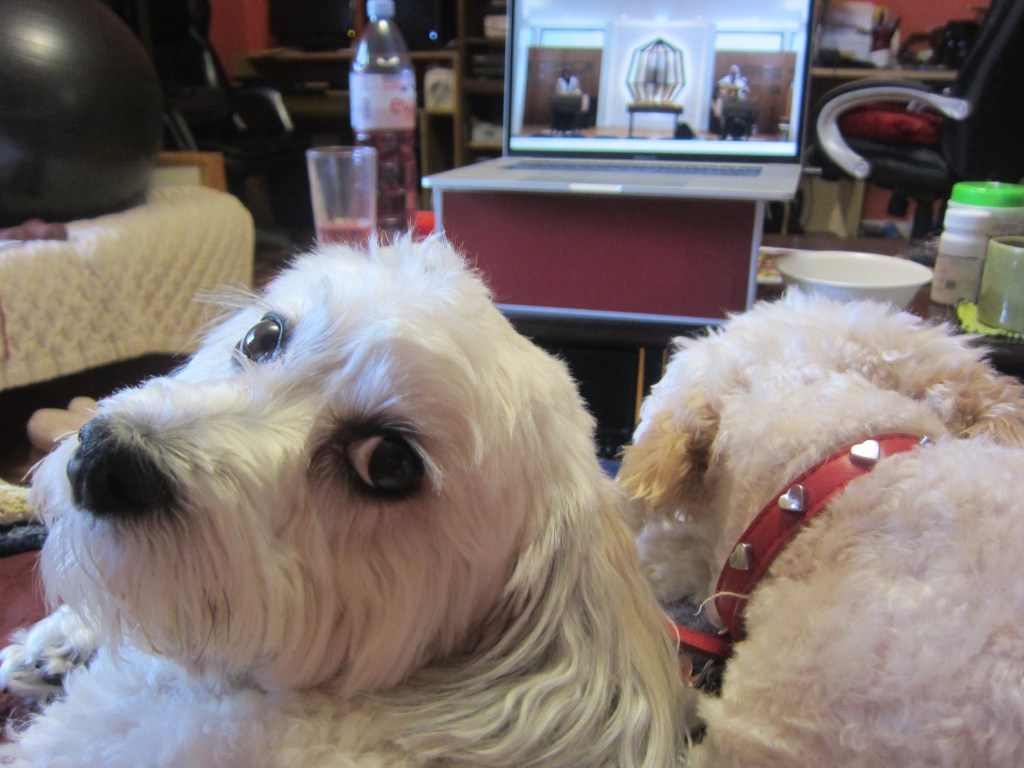The staff of the synagogue school where I work is spending the summer, just like every other school, planning for the unknown. We’re doing curriculum development and lesson planning, for every scenario, and we’re building our technical abilities, and looking for ways to re-interpret our current ways of teaching for a two dimensional world.
But it sucks.

I mean, I’m grateful that we’re doing all of this preparation, so that it won’t feel like we’re being dropped into a sea of ice cold water, again. And I’m grateful that the technology exists, both to allow us to work together from afar all summer, and to build up our online classrooms into more interesting places. But I want to see my kids. I want to hear them; without one person’s microphone blocking out everyone else’s, or all of their voices coming at me through a delay, or some of the kids not coming through at all because their internet connections are spotty or because every member of their family is online at once. I want to be able to talk with one of my kids privately, if they seem upset, without everyone else noticing or listening in. I want to be able to make eye contact with the quiet kid in the corner who thinks he’s invisible.

Zoom, even with all of the bells and whistles, and integration with other apps and games and videos, is not the real world. I miss being able to talk to my students and forget what I look like, or what I’m wearing, or how silly I look when I’m trying to dance. I miss seeing all of the other kids in the hallways, and catching the eye of another teacher as we silently ask each other “are you okay?” And I miss being able to shut the door of my car at the end of the day and feel the transition from work to home starting to sink in.

But I really miss being able to close the door of my classroom and knowing that it’s just me and the kids for a while, with no one looking over our shoulders, or recording our conversations, or judging each move we make or each word we say.
It’s not that my classroom is so awful that it can’t withstand the scrutiny (I hope), but there’s something intimidating about having so many virtual doors and windows open at all times, and not knowing who’s listening in or watching from two feet out of camera range.

Zoom is so public.
We had a Zoom class just before Mother’s Day, and I was helping the kids create blessings for their mothers (and fathers, since school was going to end before Father’s Day), and one of the kids started miming at the screen, and then messaged me privately that she couldn’t answer with her mom in the room. Up until that second I had no idea that her mother had been there, just out of range, for the previous forty-five minutes.
I can be silly with kids in a way I can’t with adults, at least adults I don’t know. I can play the role of the-one-who-knows-things with the kids, whereas with other adults around I’d be more self-conscious, recalibrating each time a new person came in. Just like I would feel different, and probably act differently, with my boss in the room.

And the kids are different too.
A lot of the things the kids would have said in the classroom could barely even be thought when they were at home; not because they were unsafe at home (though I don’t know), but because they are different people at home than at synagogue school, and they are much more aware of being overheard, and of being their home-selves; being the big sister, or the good kid, or the chatterbox they are presumed to be when they are at home.
In the classroom they can try on new behaviors, and say things they wouldn’t say with an audience. At home, even with Mom and Dad in a separate room, their internal censors are on and they are much more careful.
I don’t really care if I ever step into a shopping mall again, and while I miss movie theaters, I actually like the variety and control and cost of streaming better. I do miss going to synagogue in person, but the alternate-universe-Zoom-synagogue has been a pretty good substitute. But, I miss my classroom, and my kids.
And it sucks.

If you haven’t had a chance yet, please check out my Young Adult novel, Yeshiva Girl, on Amazon. And if you feel called to write a review of the book, on Amazon, or anywhere else, I’d be honored.
Yeshiva Girl is about a Jewish teenager on Long Island, named Isabel, though her father calls her Jezebel. Her father has been accused of inappropriate sexual behavior with one of his students, which he denies, but Izzy implicitly believes it’s true. As a result of his problems, her father sends her to a co-ed Orthodox yeshiva for tenth grade, out of the blue, and Izzy and her mother can’t figure out how to prevent it. At Yeshiva, though, Izzy finds that religious people are much more complicated than she had expected. Some, like her father, may use religion as a place to hide, but others search for and find comfort, and community, and even enlightenment. The question is, what will Izzy find?














